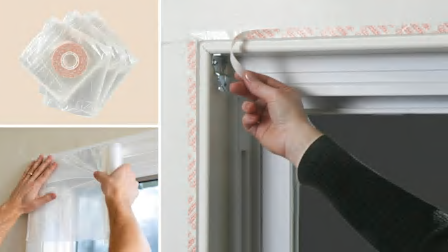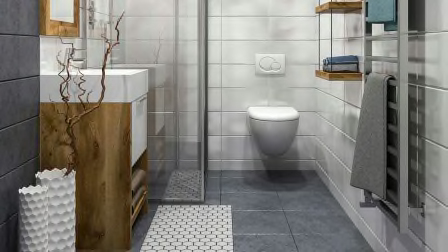Best Window Films From Our Tests
They can help keep your home cool without sacrificing the view—unless you want some privacy, too
When you shop through retailer links on our site, we may earn affiliate commissions. 100% of the fees we collect are used to support our nonprofit mission. Learn more.

While I don’t cover the cost of cooling or heating for my apartment in New York City, I’ve dealt with the pain of a too-hot home for several years now. My bedroom and living room have windows that span from floor to ceiling (9 feet), and my building management has strict control over how cool I can set the thermostat.
On most summer days, I keep the shades down to help cool my space, but then I lose the view. One solution to the problem is using window film. While you can book a professional installer, it turns out it’s also an easy DIY project as long as your windows aren’t too big.
- Window Films We Tested: BDF Coavas Gila Greenfilm
- How We Tested
- Tips for Neat Installation




















